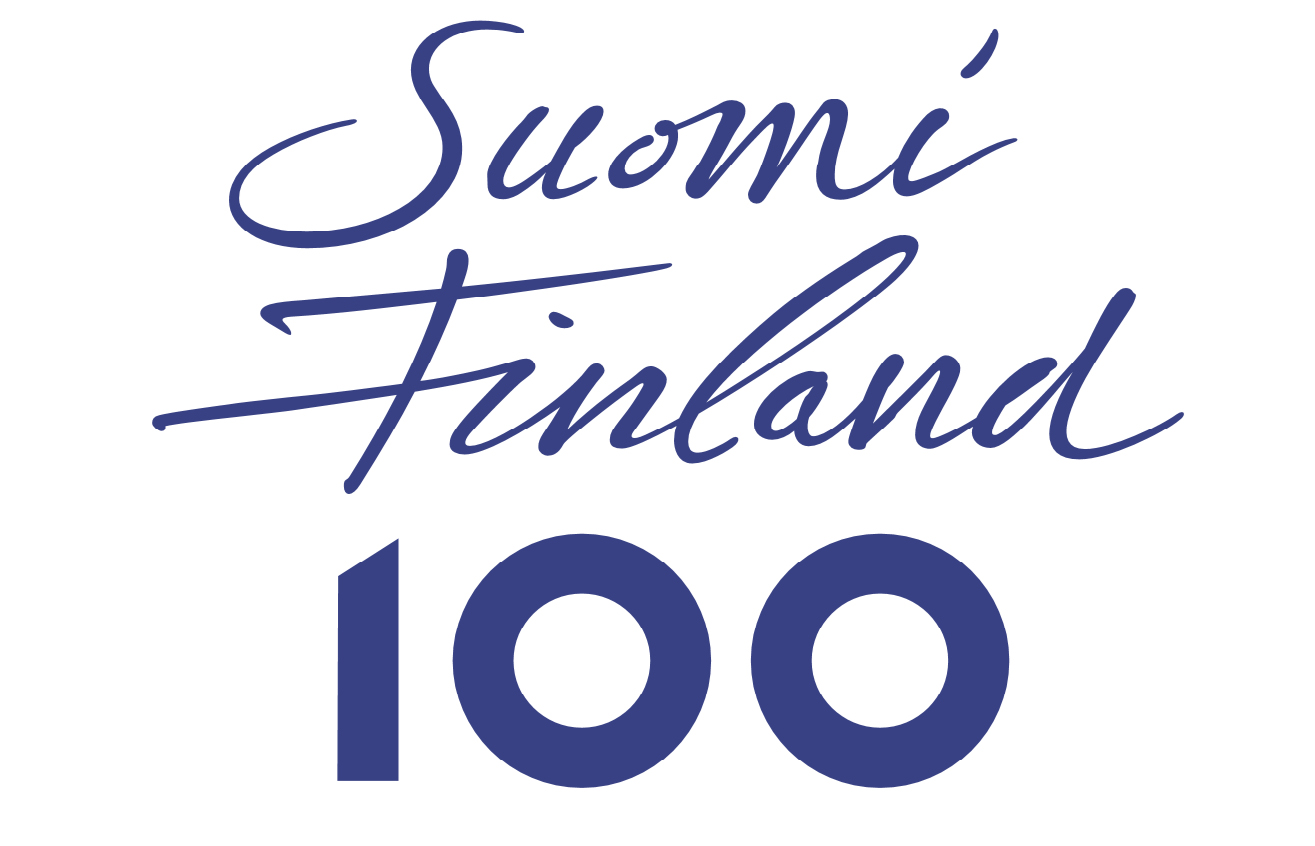The Finns achieved independence in the end of the year 1917. Prior to that, starting in 1809 and up to independence, Finland formed a grand duchy in the Russian Empire. Before 1809, the area that is now Finland had been under Swedish rule since at least the 13th century. In 2017 the nation celebrates its 100th year with numerous events in Finland and all around the world. The Faculty of Arts of Charles University and the Embassy of Finland in Prague hosted a keynote lecture by Professor Laura Kolbe, with the presence of H. E. Helena Tuuri, the Ambassador of Finland to the Czech Republic, on November 10, 2017.
Laura Kolbe is a professor of European history at the University of Helsinki. She is also a Helsinki City Council member. Kolbe earned her M. A. in history at the University of Helsinki and in 1989 she completed her Ph. D. Her thesis, Kulosaari – A Dream of a Better Future (1988) dealt with early suburbanization in Helsinki compared to other Scandinavian capitals, London, and Berlin. From 1983 to 1991 Kolbe worked as a curator for Mannerheim Museum in Helsinki and she is a member in the governing body of the museum. In 1994 Kolbe was appointed Senior Lecturer at the University of Helsinki, teaching urban, social and cultural history as well as the history of ideas.
In Laura Kolbe’s illuminating seminar offered in Prague under the title "Finland 100 - Myths and Reality in the Building of a Nation 1907-2017" the noted lecturer gave context to the country’s centenary that is being celebrated this year. The talk was held in the beautiful Hybernská building of  Charles University and the exclusive talk held the audience captivated for ninety minutes.
Charles University and the exclusive talk held the audience captivated for ninety minutes.
Dr. Kolbe described Finland’s position in 19th century Europe. From the year 1809 Finland formed an autonomous grand duchy in the Russian Empire. This proved to be an important time for laying the societal and administrative groundwork that allowed the Finns to break with Russia in 1917. In the 1917 February Revolution in Petrograd made many Finnish people question their place under the rule of Russia and the October Revolution challenged this idea anew. The Finnish right wing activists decided to finally break free of the crumbling Russian rule and declared Finland an independent state on the 6th of December 1917. This was the beginning of the independent Finland we know today.
The following decade saw a great deal of turmoil, with a Civil War, a brief introduction of a Finnish monarchy and tense relations with the Russians over the borders. Dr. Kolbe succinctly described all of this political upheaval with incredible insight. She went into particular detail on the subject of the Finnish economy during the 20th century – their precarious relationship with the Soviet Union developed into one of mutual trade agreements while still staying a member of the Western European market economy. Their various pro-Soviet economic policies bolstered their economy and in the post war period of the 1970s and 1980s the Finnish government built one of the largest welfare states in the world. The economic hardship of the 1990s due to a number of recessions lead to immigration from the country, but due in part to their joining of the European Union and a technological boom in the early 21st century Finland has more than recovered.
The parallels with the Czech Republic’s upcoming centenary (1918-2018) are uncanny and it is interesting to examine the development of both European nations first century as an independent country. Both countries have found themselves under Russian (Soviet) rule and/or influence, albeit at differing times and under different ideologies. Both countries now find themselves celebrating their centenary of independence pondering how the last century has shaped their people, and how to further prosper as self-governing nations. The questions raised by Dr. Kolbe were fascinating and left much room for reflection, for both Czechs and Finns.














